This post originally appeared on the ACS lab web page
As a graduate student, and perhaps particularly as a Ph.D. student, I am frequently reminded of the value of narrowing my focus. The advice is fitting; in the field of Applied Conservation Science, our scholarship is necessarily concentrated. Our diverse ecosystems, and the myriad ways humans understand and interact with them, are so complex as to require specific focus for deeper understanding. And for our scholarly work to contribute to change in the real world requires a long-term concentration on these geographic, ecological, and social complexities.
But in the last several months, I’ve received unique opportunities to broaden my horizon of knowledge and conversations – and I’ve been fundamentally changed by the process. I’ve learned that my research questions, which seek to interweave Indigenous knowledge and ecological science towards improved conservation and upholding of Indigenous rights, are echoed across the globe and throughout many disciplines. The nuances, guidance, and new ideas that bubble to the surface through conversations with conservation scientists and social innovators working in Tibet, Bhutan, Arizona, or Tanzania have enriched my work in ways I couldn’t have imagined. For example, I have learned about community-driven work which aims to heal the relationship between Lions and herders in Kenya; about new virtual reality technologies which are allowing immersive experiences towards respecting and protecting disappearing languages; and about how long-standing local knowledge of the land is fueling a reversal of desertification of grasslands in Tibet.
It’s a mutually beneficial process; to travel is to recognize and draw upon the sources of your knowledge and experience, and the unique way you look at the world. To bring the practice of territorial acknowledgment to stages on the East Coast of the U.S., where they are rarely witnessed in the last decades, for example, was an important opportunity to share this process with a broader international audience.
Through interacting with scholars working all over the world, and particularly through formal mentorship programs afforded to me through the National Geographic Society, I now recognize impossibly important and oft-overlooked perspectives. The kaleidoscope of color these cross-disciplinary and cross-cultural conversations have painted over my understanding of our world and my research, the passion of the individuals I’ve met, and the collaboration opportunities that abound, give me hope that we together might achieve our conservation goals. I’m honoured and humbled to bring this wellspring of hope and new conversations back to our work on the Central Coast.
I pose with my cohort of National Geographic Early Career Leaders: 15 of us, hailing from 11 different countries, speaking 25 languages and with unique disciplinary focuses.












